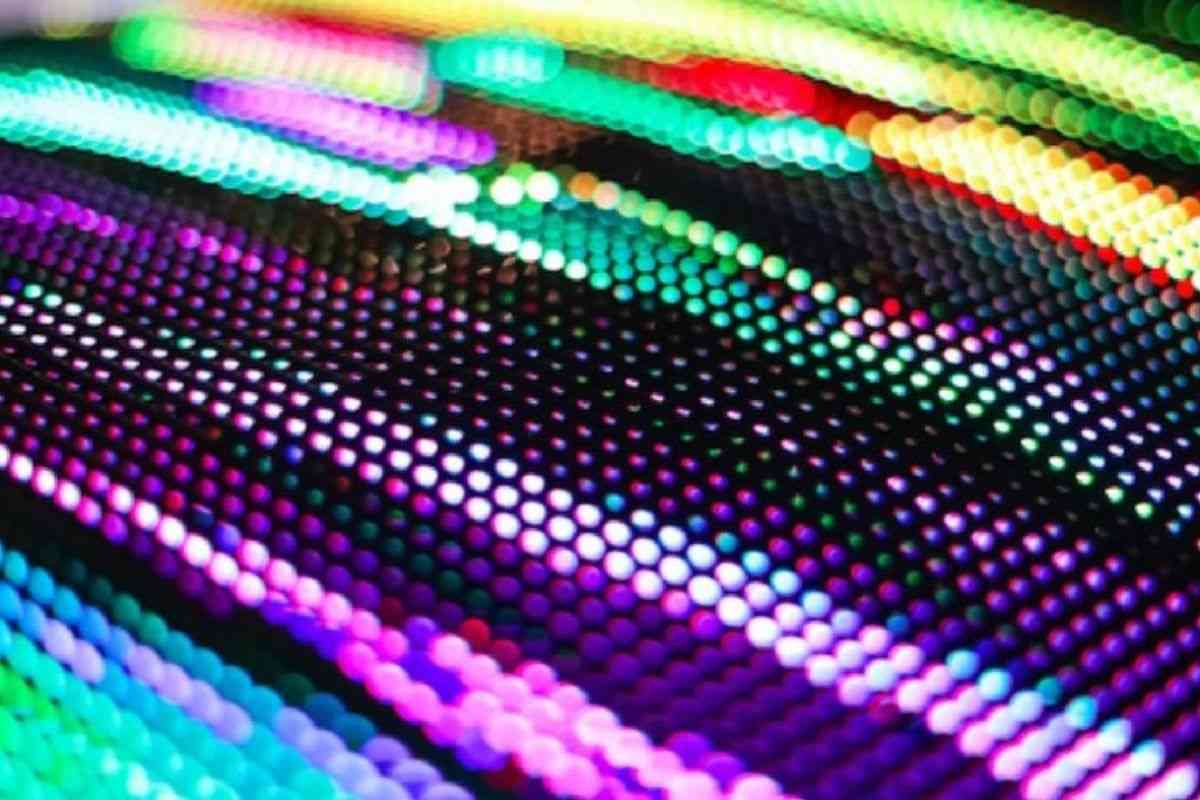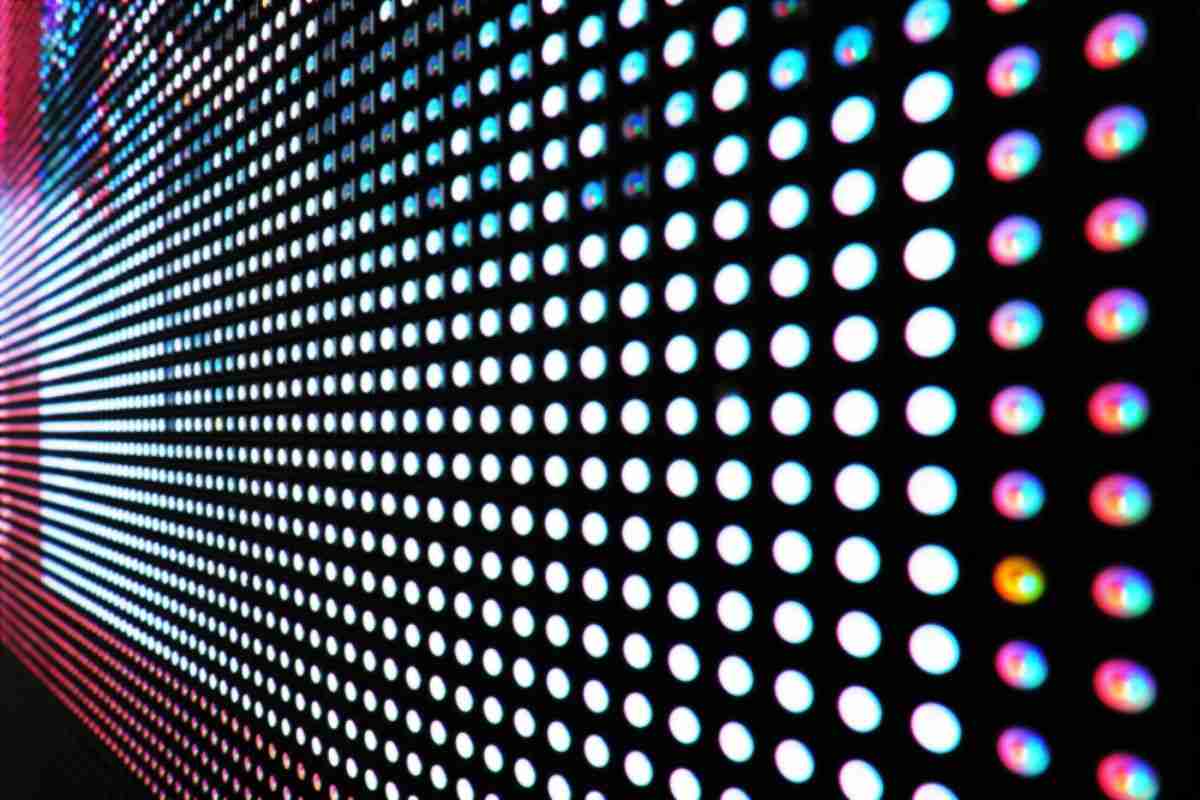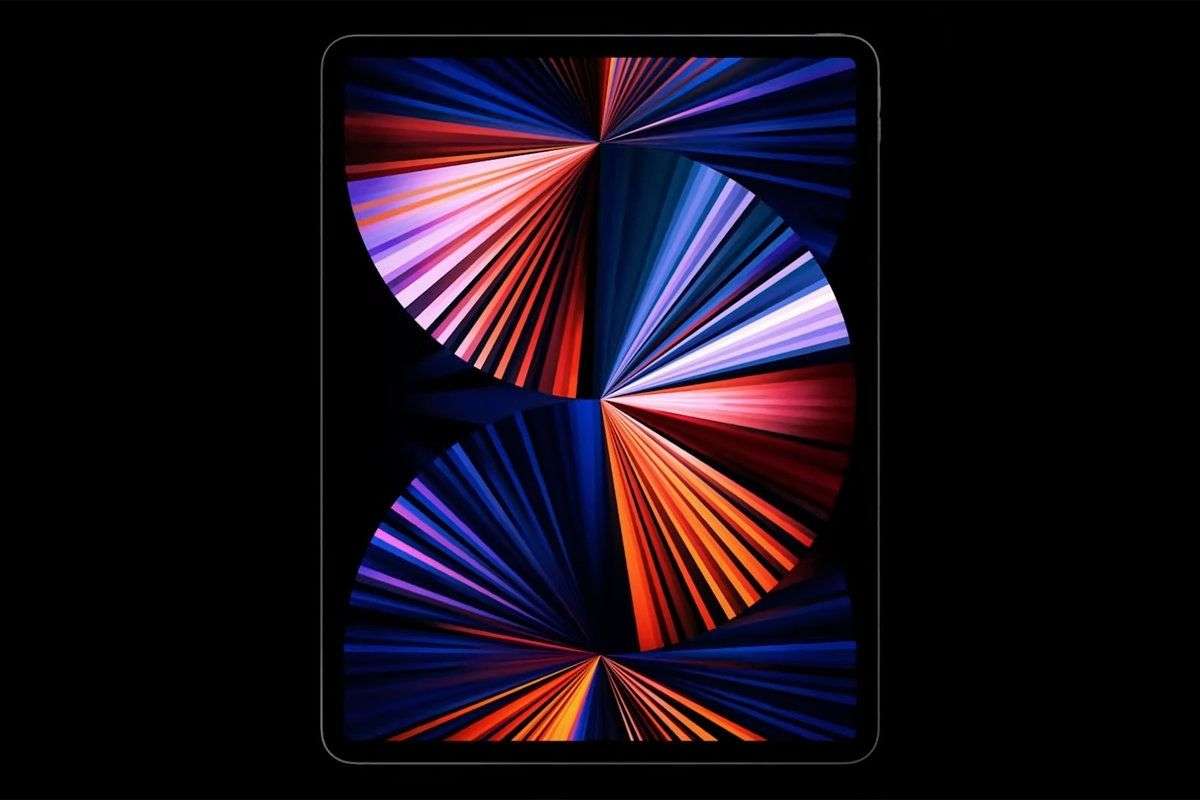
Display technologies have been more or less the same in recent years, with the only exception being the flexible displays that can provide a unique canvas to view content on. OLEDs have been replacing LCD, with budget smartphones finally adopting OLED screens, forgoing their LCD past.
The market however was shaken up by the introduction of Mini-LED technology and, with Apple choosing to make use of the same for its new iPad, it seems that the day is not that far when flagships and premium devices make the move from OLEDs to Mini-LED.
Now, if you, like countless others are unaware of what Mini-LED is, worry not, as we will discuss what Mini-LED is and why there is a certain amount of hype surrounding the new display technology.
What is Mini-LED Tech?

In terms of the basics, the name should be a dead giveaway. Mini-LEDs make use of small LEDs in order to produce the display's light. This new technology is a sort of a descendant of the traditional LCD technology, which is usually backlit in nature.
The key difference here is that instead of using a single large backlight or small backlights, Mini-LEDs make use of thousands and thousands of tiny LED backlights that offer superior local dimming capabilities. Numerically speaking, in order to be a Mini-LED backlight, each diode is required to be less than 0.2mm in size.
Coming to the term Local dimming, it is quite important when it comes to LCD panels since backlight bleeds in these panels leads to poor quality of blacks and contrast ratios in comparison to an OLED panel. This is a hybrid method that aims to meet the quality of an OLED, minus the intricacy. It can be termed as the best shot an LCD has to reach the capabilities of an OLED. Do note that this is not the same as Micro-LED technology, which is quite different and will be discussed sometime in the future.
The biggest positive of the Mini-LED tech is the ability to move thousands of tiny backlights in order to provide deeper blacks, higher contrast ratios and brighter displays. This bodes well for content consumption, especially if the content is in HDR. Mini-LED tech also scales from small to large pixel sizes at ease, meaning that there is no limit to the size and density.
There are some drawbacks, primarily due to the technological limitations of the LCD matrix that converts white backlight into different colours, but that is not concerning in the case of smaller electronic devices.
Why Is Mini-LED The Next Best Thing?

For each and every tech company in the world, cost and pricing models are key to the success of the device and, with Mini-LED tech, they can attain superior image quality without the exorbitant costs that OLEDs come with. Mini-LEDs are much cheaper than OLEDs, especially considering how peak brightness is something that Mini-LEDs can nail, making them the better alternative for tablet and laptop displays.
In terms of the on-paper specifications, Mini-LEDs offer colour quality, good contrasts, rivalling OLEDs whilst costing less. The first-gen versions were a bit expensive, but, with time, they will soon be the one-word answer to the question of what the best display for a device is.
Do note that Mini-LEDs are not the only display tech heading towards the market, with Quantum Dot or QLED panels and flexible OLEDs, in the case of foldable phones right at the heels of the Mini-LED technology.















